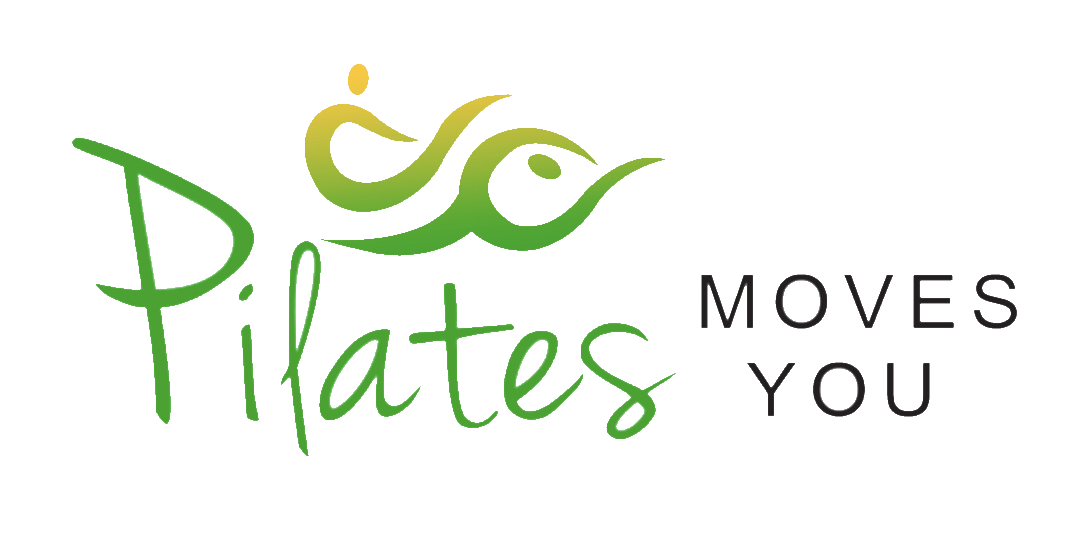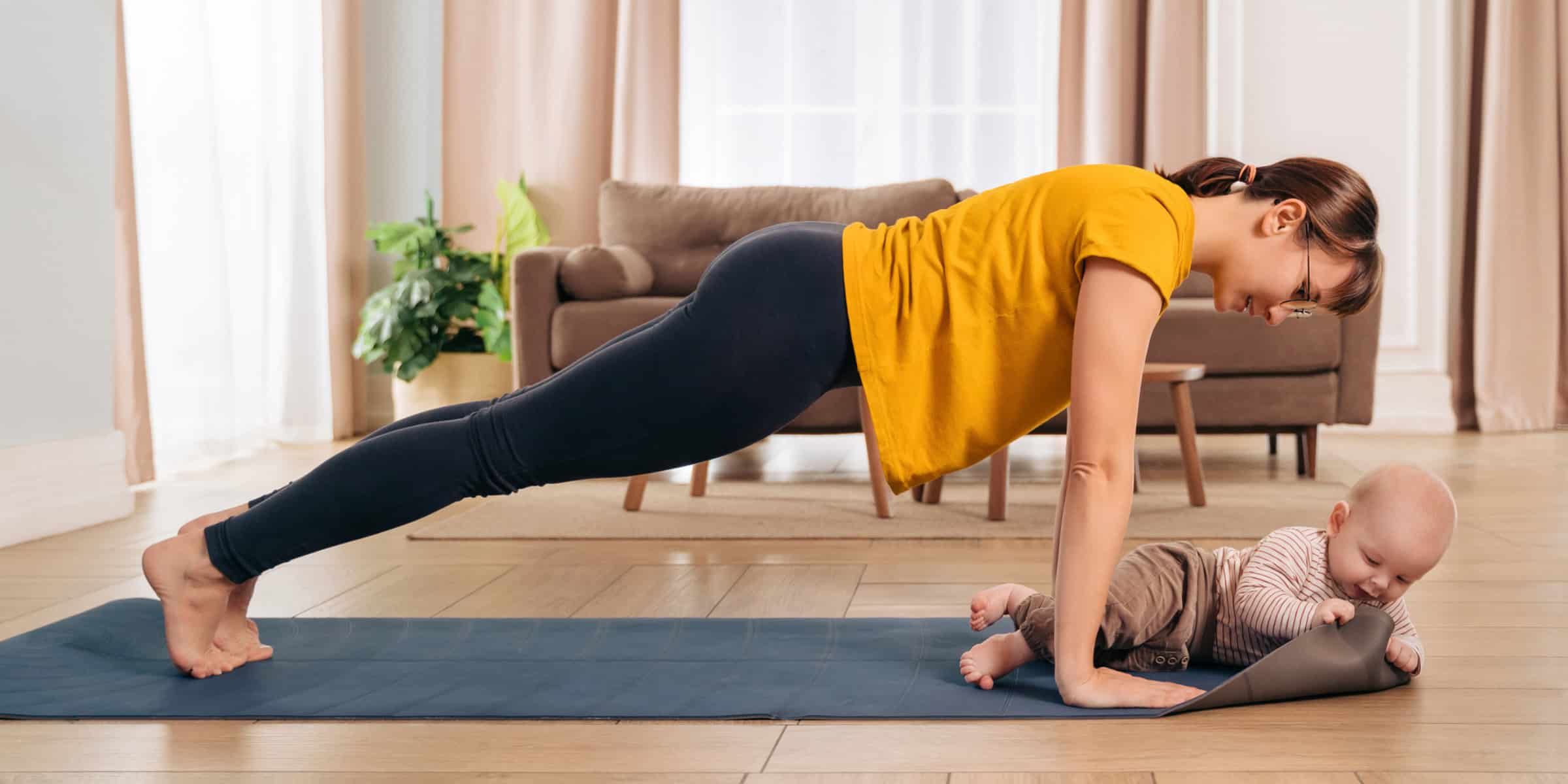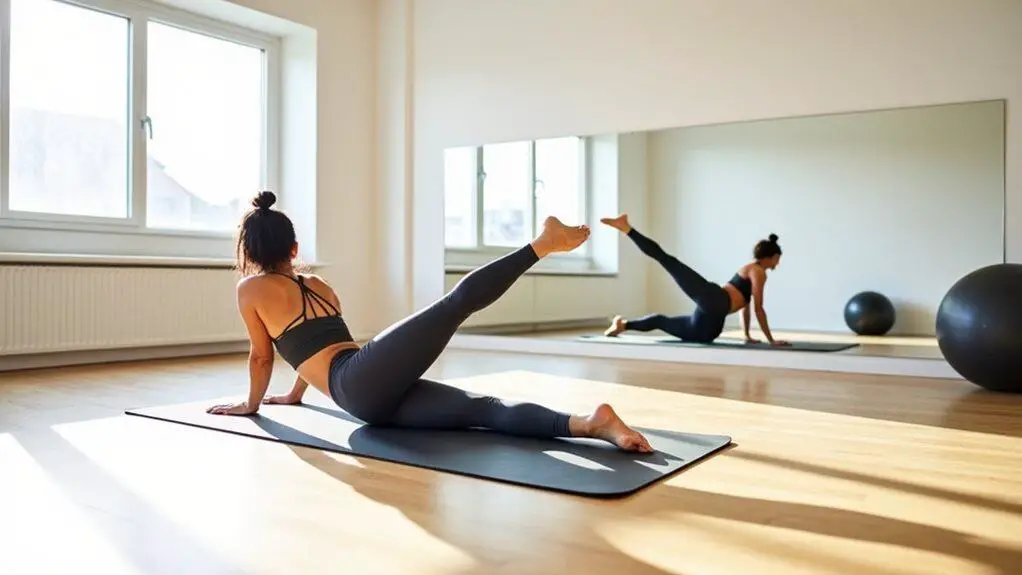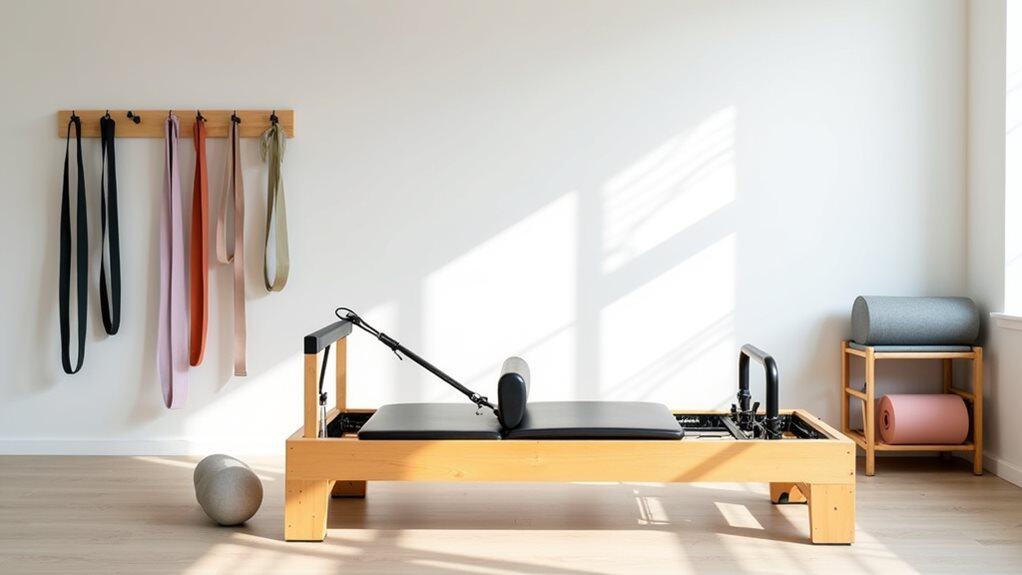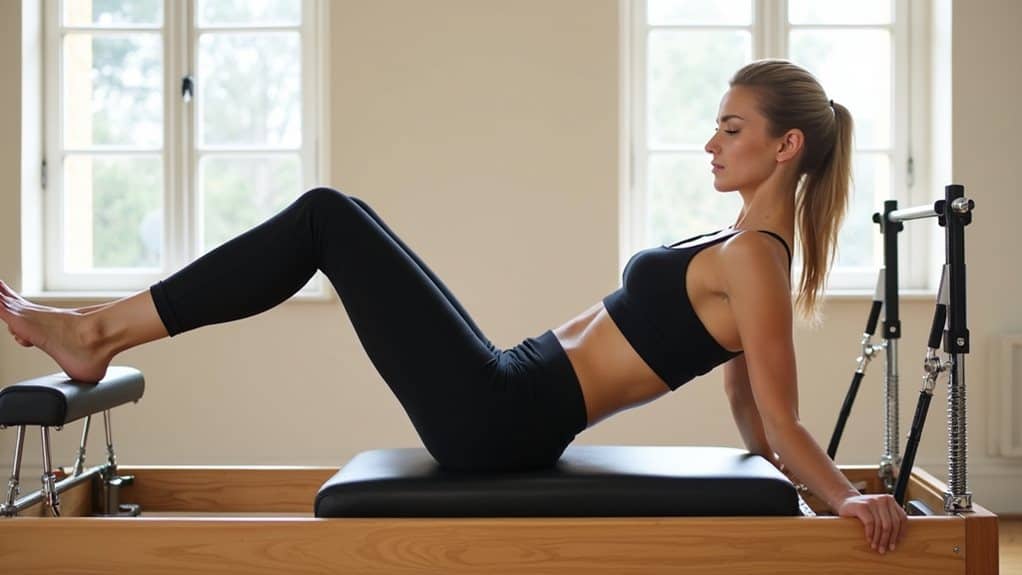In the tender moments following the arrival of a new life, a mother’s body silently tells a tale of resilience, change, and profound strength. But amidst the joys and challenges of motherhood, many women yearn to reconnect with their bodies, not just as a vessel of life but as a testament to their identity and vitality.
Pilates offers a gentle yet effective approach to postpartum recovery, helping new mothers regain core strength, improve posture, and achieve overall body alignment. It focuses on deep muscles, promotes better breathing, and aids in reconnecting women with their physical selves after childbirth.
The journey of postpartum recovery is physical, emotional, and spiritual; in this sacred space, many are discovering a transformative path back to themselves.
The Magic of Maternity: Understanding Postpartum Changes
The journey of motherhood begins long before the first cry of a newborn. From the first heartbeat, a woman’s body embarks on a miraculous transformation, gearing up to support and nurture another life.
This physical evolution, marked by the stretching of the abdomen, hormonal shifts, and musculoskeletal adaptations, is nature’s testament to the incredible resilience and adaptability of the female form.
However, with childbirth’s awe-inspiring wonder comes a myriad of postpartum changes. As the body attempts to find its equilibrium after delivery, many women experience shifts in their posture, strength imbalances, and even emotional fluctuations.
These changes aren’t just transient; they can impact a woman’s physical and emotional well-being. Understanding these postpartum transitions is the first step towards reclaiming one’s body, recognizing its strength, and nurturing it back to health and harmony.
Core Reconnection: Strengthening from the Inside Out
The core is often likened to the body’s powerhouse, a central nexus of strength and stability. During pregnancy, the core muscles—especially the rectus abdominis (often called the “six-pack muscles”) and the transverse abdominis—stretch and adapt to accommodate the growing baby.
This, coupled with hormonal changes, can lead to diastasis recti, where the two sides of the abdominal muscle separate. Post childbirth, it’s not uncommon for women to feel disconnected from this central strength, both physically and metaphorically.
Pilates, emphasizing controlled, precise movements and deep-breath synchronization, is tailor-made for postpartum core reconnection.
Unlike some workouts that prioritize intensity or speed, Pilates hones in on the quality of each movement, ensuring muscles are engaged correctly.
This focus helps new mothers rebuild their abdominal walls, bridge muscle separation, and re-establish the core’s essential balance and strength.
Over time, as the core reactivates and strengthens, it supports physical tasks and serves as a foundation for emotional resilience and confidence in the postpartum journey.
Posture and Alignment: The Foundations of Recovery
Throughout pregnancy, the body undergoes significant shifts to accommodate the growing baby. The spine arches more, the pelvis tilts, and the center of gravity changes, all of which can lead to altered posture.
After childbirth, many new mothers find themselves inadvertently maintaining these postural habits, whether from carrying the baby, nursing, or simply from the muscle memory of pregnancy. These changes can lead to discomfort, pain, and long-term musculoskeletal issues if not addressed.
Enter Pilates. One of its foundational principles is the spine’s alignment and the body’s balancing. By emphasizing neutral spine positions and engaging the powerhouse muscles (centered around the core), Pilates aids in recalibrating the body’s alignment. With each session, the muscles supporting the spine, pelvis, and shoulders are gradually strengthened and retrained, ensuring optimal posture.
Proper alignment alleviates postpartum aches and pains, ensures efficient muscle function, and reduces the risk of injuries.
As mothers realign, they often find a renewed sense of balance in their physical stance and overall well-being, laying a solid foundation for their recovery journey.
Safety First: Precautions and Considerations
Doctor’s Approval: Always consult a healthcare professional before beginning any postpartum exercise, including Pilates.
- Listen to Your Body: Every woman’s recovery is unique. If something feels uncomfortable or painful, pausing and reassessing is essential.
- Start Slow: Begin with basic and gentle exercises, gradually progressing as strength and endurance increase.
- Mind Diastasis Recti: Be aware of any abdominal separation. Certain movements can exacerbate this condition, so specialized exercises or modifications may be needed.
- Pelvic Floor Awareness: Postpartum Pilates should incorporate exercises that support and strengthen the pelvic floor, but it’s crucial to approach these with care to prevent strain or injury.
- Stay Hydrated: Especially if breastfeeding, staying hydrated is essential when engaging in physical activity.
- Use Proper Equipment: Ensure that mats, reformers, and other Pilates equipment are in good condition and are used correctly to prevent injuries.
- Qualified Instruction: Choose an instructor with experience in postpartum Pilates to guide and modify exercises as needed.
- Set Realistic Expectations: Recovery and strength-building take time. Celebrate small milestones and avoid comparing one’s progress with others.
- Feedback Loop: Regularly check in with how exercises feel and adjust accordingly. Feedback from oneself or an instructor is crucial for safe progress.
Remember, the postpartum journey is deeply personal, and what works for one mother may not be ideal for another. It’s paramount to prioritize safety and individual well-being above all else.
Breathing Techniques: Oxygenating the Body and Mind
Breathing is the unsung hero of our bodily functions, often taken for granted, yet it holds transformative power, especially in postpartum recovery. Proper breathing not only oxygenates our muscles, fueling them for optimal performance, but also profoundly affects our mental state, helping to calm the mind and reduce stress.
- Diaphragmatic Breathing (or Deep Belly Breathing)
- This technique engages the diaphragm, allowing for deeper and more efficient breaths.
- Place one hand on the chest and the other on the abdomen. Breathe deeply through the nose, ensuring the abdomen rises more than the chest.
- Exhale slowly through the mouth, feeling the abdomen fall. This encourages relaxation and increases oxygen delivery to muscles.
- Lateral Breathing (or Rib Cage Breathing)
- Commonly emphasized in Pilates, this technique focuses on expanding the rib cage sideways while keeping the core engaged.
- With hands placed on the sides of the rib cage, inhale deeply, feeling the ribs expand outwards. The belly remains relatively still.
- Exhale fully, drawing the ribs back in and engaging the core muscles further.
- Balanced Breathing
- Aims to balance the inhalation and exhalation durations.
- Inhale for a count of four, then exhale for the same count. This promotes relaxation and helps maintain a steady rhythm during exercises.
- Breath and Movement Coordination
- In Pilates, breath is synchronized with movement. For example, exhaling during a challenging movement can help engage the core and provide additional strength.
- This coordination maximizes the efficiency of exercises and enhances mental focus.
Incorporating these breathing techniques into Pilates and daily routines can dramatically improve postpartum recovery.
Proper breathing can aid in repairing and strengthening muscles, improving posture, and fostering a deeper connection between body and mind. It serves as a gentle reminder that recovery, at its core, is as much about nurturing the spirit as it is about physical rehabilitation.
Tailoring Pilates for the Postpartum Body
Every woman’s postpartum journey is unique, so a one-size-fits-all approach to Pilates simply won’t suffice. The physiological and emotional changes during and after pregnancy necessitate a customized approach to ensure safety, effectiveness, and personal comfort. Here’s how Pilates can be tailored specifically for the postpartum body:
1. Assessing Individual Needs
Start with a thorough assessment to understand specific concerns, like diastasis recti, pelvic floor dysfunction, or back pain.
2. Focus on the Core and Pelvic Floor
While the core is central to all Pilates exercises, postpartum women might need additional attention. Gradual strengthening exercises targeting the deep core muscles and the pelvic floor can be beneficial.
3. Gentle Beginnings
Initially, focus on low-impact, gentle exercises. The body is still in recovery mode, and avoiding over-exertion is vital.
4. Modify Traditional Movements
Some classic Pilates exercises need modifications. For instance, a full plank might be replaced with a modified plank on the knees to reduce pressure on the abdominal area.
5. Incorporate Relaxation and Stretching
The postpartum body can carry tension, especially from nursing or cradling a baby. Incorporating more stretching can help release this tension.
6. Progress at a Comfortable Pace
As strength and endurance improve, the intensity and complexity of exercises gradually increase. However, always prioritize quality over quantity.
7. Emphasize Proper Alignment and Form
Posture can be impacted post-pregnancy. Tailored Pilates sessions should prioritize exercises that reinforce proper spinal alignment and overall posture.
8. Incorporate Functional Movements
Include exercises that mimic daily activities, like lifting a baby, to ensure the body is prepared for everyday demands.
9. Stay Open to Feedback
Regularly check in with postpartum participants about their comfort levels, pain points, or concerns, adjusting the regimen accordingly.
10. Foster a Supportive Environment
Emotional support is crucial during postpartum recovery. Create an environment where women feel safe to share their experiences and concerns.

Remember, while Pilates offers a structured path to postpartum recovery, it should be adaptable, respecting each new mother’s unique rhythms and needs. The ultimate goal is physical recovery and fostering a holistic sense of well-being and body positivity.
The Emotional Benefits: Beyond the Physical Transformation
While Pilates is often extolled for its physical benefits, particularly for toning, flexibility, and core strength, it carries an equally profound, albeit less discussed, emotional impact.
For the postpartum woman navigating the complex tapestry of joy, exhaustion, self-rediscovery, and occasionally, the blues or more severe postpartum depression, Pilates can serve as a sanctuary for emotional grounding and renewal. Here’s a dive into the emotional benefits of this practice, especially in the context of postpartum recovery:
1. Mind-Body Connection
Pilates emphasizes mindfulness and presence. This fosters a deep connection between mind and body, helping women become more attuned to their physical sensations and emotional needs.
2. Empowerment and Agency
Regaining strength and control over one’s body can translate to an enhanced sense of agency and empowerment in other areas of life. This can be particularly uplifting for new mothers navigating the challenges of motherhood.
3. Stress Relief and Relaxation
The rhythmic, focused breathing and movements in Pilates can induce a state of relaxation, helping to alleviate stress and anxiety.
4. Boosting Self-esteem and Body Image
As mothers witness their bodies’ progress and strength through Pilates, it can boost self-esteem and promote a positive body image, countering societal pressures about “bouncing back” after pregnancy.
5. A Safe Space for Emotional Release
Physical activity, including Pilates, can be a therapeutic outlet for pent-up emotions. Moving, stretching, and breathing deeply can help release emotional tension.
6. Enhancing Mood
Like other forms of exercise, Pilates can stimulate the release of endorphins, the body’s natural mood elevators, aiding in combatting postpartum blues or mood swings.
7. Community and Connection
Joining Pilates classes can foster a sense of community. Interacting with others, especially those on similar postpartum journeys, can provide much-needed social connection and support.
8. Enhancing Focus and Mental Clarity
The concentration required in Pilates can act as a form of meditation, clearing the mind from the whirlwind of new parenthood and enhancing mental clarity.
9. A Respite from Routine
Setting aside time for Pilates can provide new mothers with dedicated “me time,” a break from the round-the-clock demands of motherhood.
10. Facilitating Emotional Resilience
Regularly engaging in Pilates can cultivate discipline, patience, and perseverance, essential traits that bolster emotional resilience, especially in the face of postpartum challenges.
In the sacred postpartum period, as the lines between physical and emotional often blur, Pilates emerges as a holistic practice, offering healing and rejuvenation for both the body and the soul.
Sources:
https://re-centre.co.uk/pages/postnatal-pilates
https://www.pilatesanytime.com/mx/postpartum-pilates
https://patient.info/news-and-features/what-are-the-benefits-of-postnatal-pilates
https://informedrelaxation.com/how-is-diaphragmatic-breathing-done/
